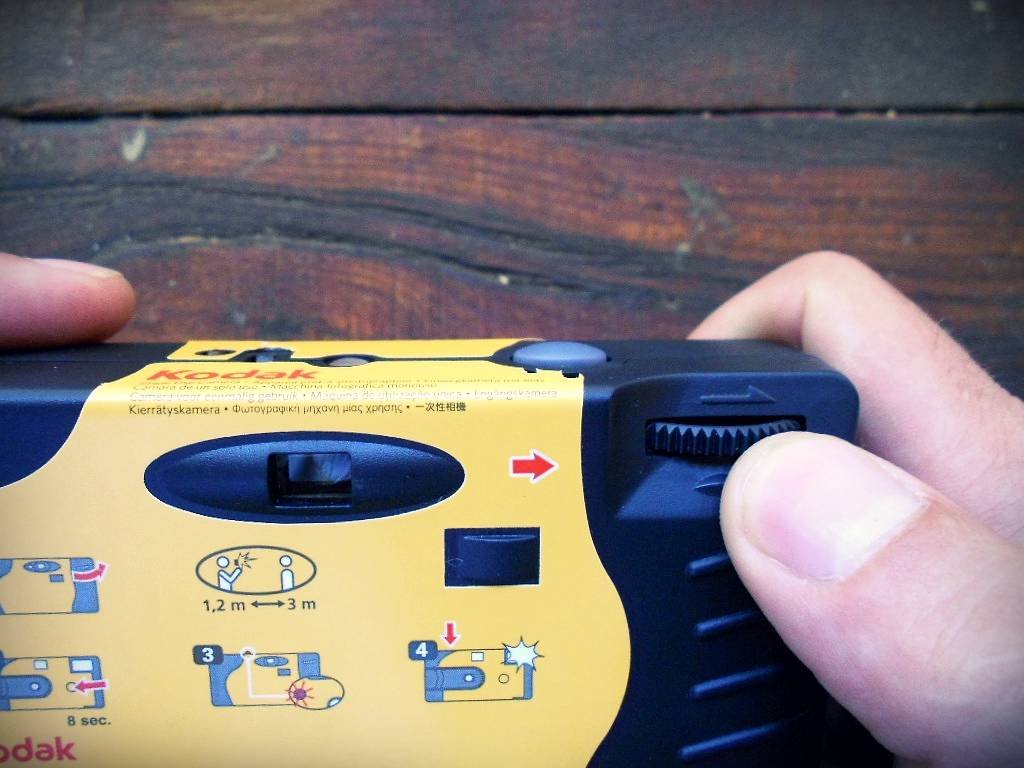
Disposable cameras have made a remarkable resurgence in recent years, offering a nostalgic yet practical approach to photography. These simple, single-use cameras provide an accessible way for individuals to capture memories without the complexity of modern digital devices. In this guide, we will explore how disposable cameras work, their history, best use cases, and how to develop and digitize your photos.
How Does a Disposable Camera Work?
A disposable camera operates using a straightforward mechanical process that relies on film exposure. Unlike digital cameras, which capture images electronically, disposable cameras utilize a roll of film that records images when exposed to light. Here’s a breakdown of how it works:
- Shutter Mechanism: When you press the shutter button, the shutter quickly opens and closes, allowing light to enter the camera.
- Film Exposure: The light passes through the lens and exposes the film, creating an imprint of the image.
- Film Advancement: After taking a picture, you manually wind the camera to move the film forward for the next shot.
- Flash Operation (if applicable): Many disposable cameras come equipped with a built-in flash that provides additional lighting in low-light conditions.
- Development Process: Once all photos are taken, the camera’s casing is typically discarded, and the film is processed at a photo lab to develop the images.
The History of Disposable Cameras
The concept of disposable cameras dates back to the 20th century, but their popularity soared in the 1980s. The first widely recognized disposable camera was introduced by Fujifilm in 1986 under the QuickSnap brand. It used 35mm film, which offered a good balance of image quality and affordability. Over time, other brands, including Kodak and Agfa, released their own versions, contributing to the growth of disposable camera usage worldwide.
Why Are Disposable Cameras Making a Comeback?
Despite the dominance of digital photography, disposable cameras are experiencing renewed popularity. Several factors contribute to their resurgence:
- Nostalgia and Aesthetic Appeal: Many people appreciate the unique, grainy look that film produces, reminiscent of vintage photography.
- Simplicity and Spontaneity: Without digital screens or editing options, disposable cameras encourage users to focus on the moment rather than perfecting each shot.
- Event Photography: Weddings, vacations, and parties often feature disposable cameras as a fun and interactive way for guests to document experiences.
- Sustainable Film Movement: As film photography gains traction among enthusiasts, disposable cameras serve as an entry point for those exploring analog photography.
When Should You Use a Disposable Camera?
While modern digital cameras and smartphones offer superior convenience, disposable cameras excel in certain situations:
- Travel & Adventure: Lightweight and easy to use, disposable cameras are perfect for capturing memories without the worry of damaging expensive equipment.
- Special Events: From weddings to concerts, disposable cameras allow guests to capture candid moments.
- Outdoor Activities: Waterproof disposable cameras are ideal for beach trips, snorkeling, and hiking excursions.
- Analog Experimentation: Film enthusiasts use disposable cameras to experiment with different types of film photography before investing in more advanced cameras.
Do Disposable Cameras Take Good Pictures?
The image quality of disposable cameras depends on factors such as lighting conditions, film type, and camera brand. While they lack the sharpness and detail of DSLR or mirrorless cameras, they provide a distinctive and charming aesthetic. Here’s what to expect:
- Daylight Shots: Crisp, vibrant, and well-exposed images.
- Low-Light Conditions: Grainier photos, often requiring a built-in flash for better illumination.
- Outdoor Landscapes: Good results when lighting is adequate, but limited dynamic range compared to professional cameras.
How to Use a Kodak Disposable Camera
Kodak disposable cameras, particularly the Kodak FunSaver, are among the most popular choices. Using them is incredibly simple:
- Load the Camera: Kodak disposable cameras come pre-loaded with film.
- Wind the Film: Before taking a picture, rotate the film advance wheel until it stops.
- Frame Your Shot: Look through the viewfinder to compose your image.
- Use the Flash (if needed): Toggle the flash switch to charge it before pressing the shutter.
- Press the Shutter Button: This captures the image on the film.
- Repeat Until Film is Used: Kodak disposable cameras typically allow for 27 or 36 shots.
- Develop the Film: Take the camera to a photo lab or use a mail-in film development service.
How to Transfer Disposable Camera Photos to a Phone
Digitizing disposable camera photos is straightforward. Here are the best methods:
- Film Development and Scanning:
- Take the camera to a photo lab and request digital scans.
- Many labs provide a USB, CD, or online download option.
- Use a Scanner:
- Develop the film and scan printed photos using a high-resolution scanner.
- Transfer the scanned images to your phone.
- Photo Apps:
- Use apps like Google PhotoScan or Adobe Scan to digitize printed pictures with your smartphone.
Do Disposable Cameras Expire?
Yes, disposable cameras can expire due to the film’s sensitivity to light and chemicals. Most disposable camera films have a shelf life of 2 to 3 years before degradation begins. Expired film can result in:
- Faded colors
- Increased grain
- Light leaks and artifacts
To extend the lifespan, store disposable cameras in a cool, dry place, away from direct sunlight.
How Long Do Disposable Cameras Last?
The lifespan of a disposable camera depends on how it is stored. Here are key considerations:
- Unused Cameras: Last up to 3 years if stored in a cool, dark place.
- Used Cameras: Once all shots are taken, develop the film promptly to prevent image degradation.
- Humidity & Temperature: Excessive heat or humidity can ruin the film and internal mechanisms.
Conclusion
Disposable cameras offer a timeless, hassle-free way to capture memories with a distinct film aesthetic. Their simplicity, affordability, and unique photo quality make them a great choice for casual photographers and enthusiasts alike. As film photography continues to regain popularity, disposable cameras remain a fantastic entry point into the world of analog imaging.